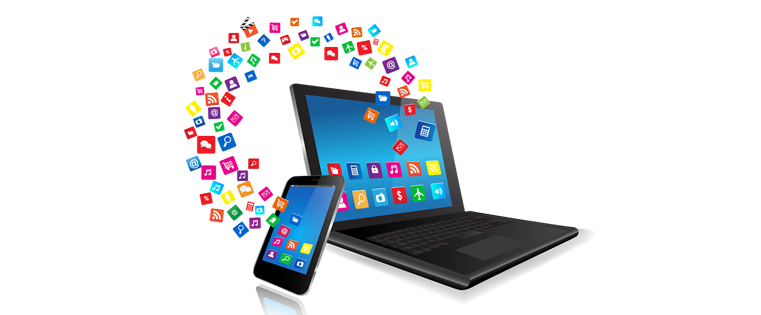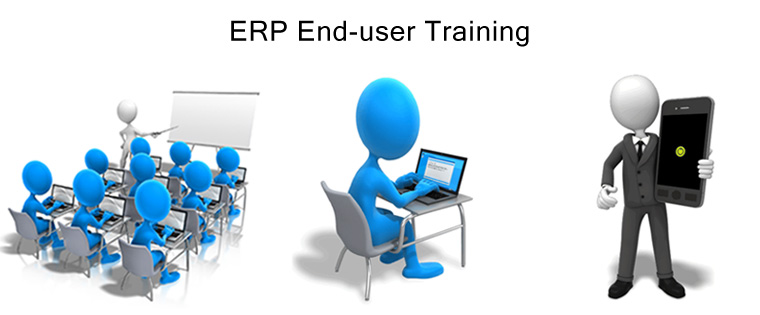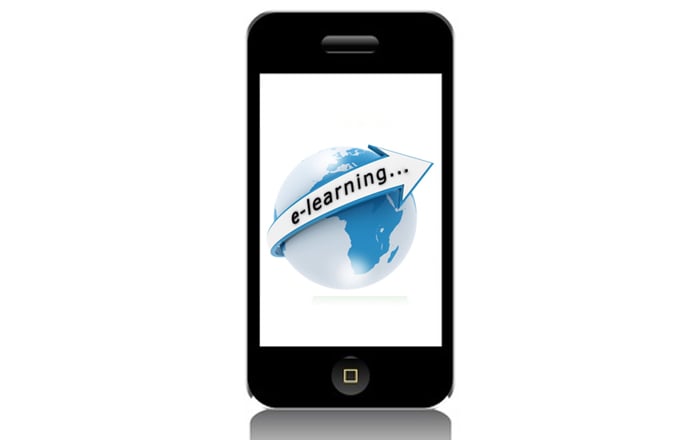E-learning and M-learning: 6 Differences Every Training Manager Should Know
This blog shares about how eLearning and mLearning differ from each other.

E-learning and mLearning are different from each other and cannot always be used interchangeably. While eLearning has been derived from distance learning, mLearning is derived from eLearning. But, there are certain differences between eLearning and mLearning.
Here is a table that explains how they differ from each other.
| Key Features | E-learning | M-learning |
| Delivery of Content |
Learning takes place through desktop or laptop computers. It requires individuals to be connected to a device from a fixed location, and the learning activity needs to be planned. |
Learning takes place through lightweight, wireless devices that are small enough to fit into one’s pocket, purse or hand. Learners do not have to be confined to a particular location. Therefore, learning can be spontaneous. |
| Access |
Individuals have to be seated comfortably, at a place, to go through the course. |
Individuals can access knowledge or learning inputs on the go and need not be seated in one place. |
| Screen Size & Navigation |
Screens are larger and navigation is smooth through mouse pointer. As a result, visuals, graphics and text can be delivered effectively. |
The screens of mobile devices are small, limiting the scope for text and graphics. Buttons have to be larger to enable learners to use them with their fingers easily (in contrast to a mouse pointer). |
| Content Type |
Content can be broad-based and can be developed into a curriculum. |
Content has to be focused on a single concept and delivered in byte-sized chunks. |
| Context |
In an eLearning course, context needs to be established before adding into the main module. For example: An eLearning module on the safety measures to be taken while using a piece of equipment will explain why safety measures are important and the precautions to be taken while handle equipment. |
M-learning is spontaneous and contextual. For example: An mLearning module on the safety measures to be taken while using a piece of equipment will have a checklist containing the safety measures which a technician can go through anywhere, anytime. |
| Time |
E-learning modules often span between 20-30 minutes, allowing comprehensive knowledge transfer. |
M-learning modules cannot be more than 5-7 minutes as it is difficult for learners to focus on anything longer. |
To conclude, it is important to make use of the right method at the right time. E-learning is ideal when comprehensive training needs to be imparted, while mLearning is well-suited to deliver information nuggets or byte-sized learning which can be accessed anytime, anywhere. I hope you find this blog informative. Do share your thoughts.





